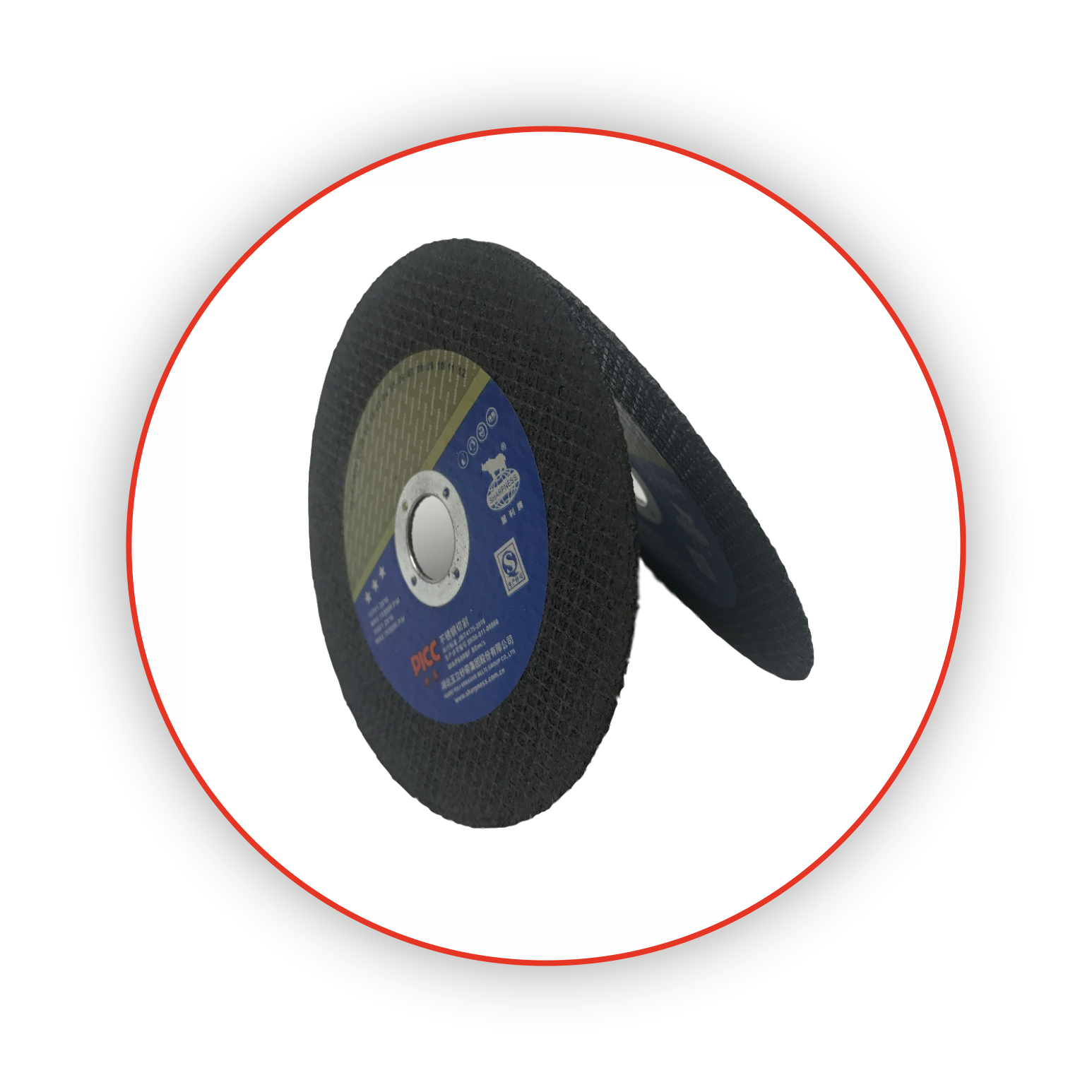GRINDING WHEELS
Grinding wheels are made of natural or synthetic abrasive minerals bonded together in a matrix to form a wheel. While such tools may be familiar to those with home workshops, the general public may not be aware of them because most have been developed and used by the manufacturing industry. A grinding wheel consists of three elements: abrasive grain, bond and pore. As the wheel turns in high speed, its innumerable grains quickly grind work piece to beautiful finish and precise measurement. For manufacturers, grinding wheels provide an efficient way to shape and finish metals and other materials. Abrasives are often the only way to create parts with precision dimensions and high-quality surface finishes.
Grinding wheels are available in a wide variety of sizes, ranging from less than .25 inch to several feet in diameter. They are also available in numerous shapes: flat disks, cylinders, cups, cones, and wheels with a profile cut into the periphery are just a few. Although many techniques, such as bonding a layer of abrasives to t-he surface of a metal wheel, are used to make grinding wheels, this discussion is limited to wheels composed of vitrified materials contained in a bonding matrix.
FEATURES
- Naturally non-loading, no lubricants in wheel
- Cool grinding action
- Maximum operator control
- Excellent surface finish
- Exhibits the contours of multiple wheel types
- Less sparks from wheel
APPLICATIONS
- It is used for general grinding, heavy duty silicon friable than snagging, cylindrical, centreless and carbide Aluminium oxide internal grinding.
- Very cool cutting, retains better form and a sharp Aluminium alloyed with Brown cutting edge for a longer time.
